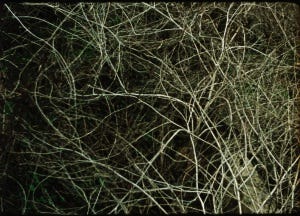Arboretum Cycle | Sus
Potential Energy in Landscape Portraits
With documentaries constantly at war with themselves, ‘documentary’ effectively fails as a genre label. ‘Objective’ is an absolute fallacy so long as human hands guide the camera and an individual can be credited with authorship, but in an effort towards it, some popul…
Keep reading with a 7-day free trial
Subscribe to Cinema Year Zero to keep reading this post and get 7 days of free access to the full post archives.





